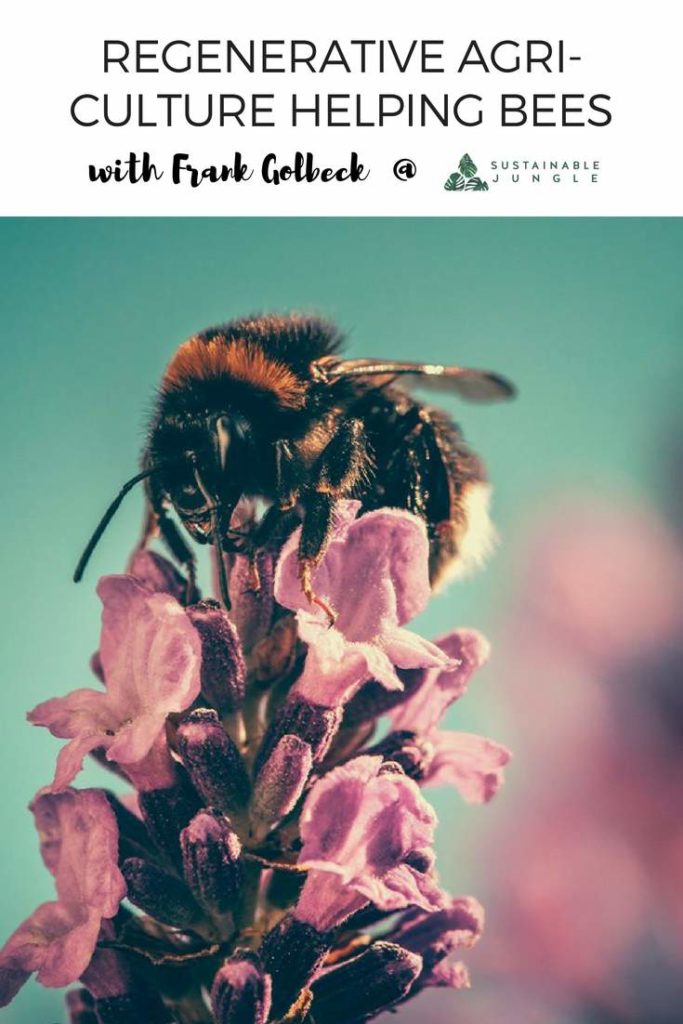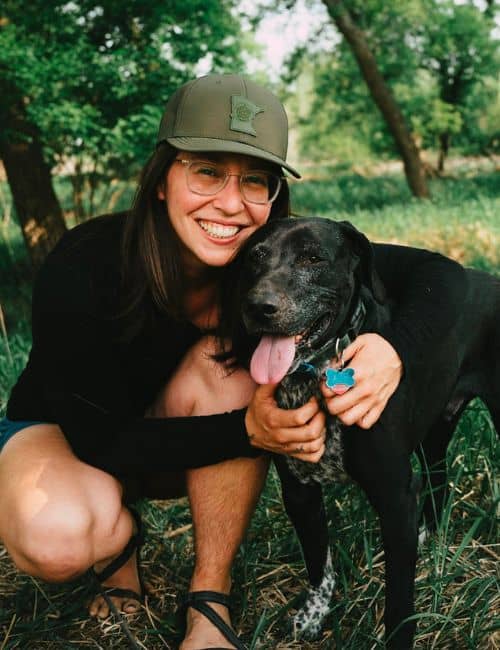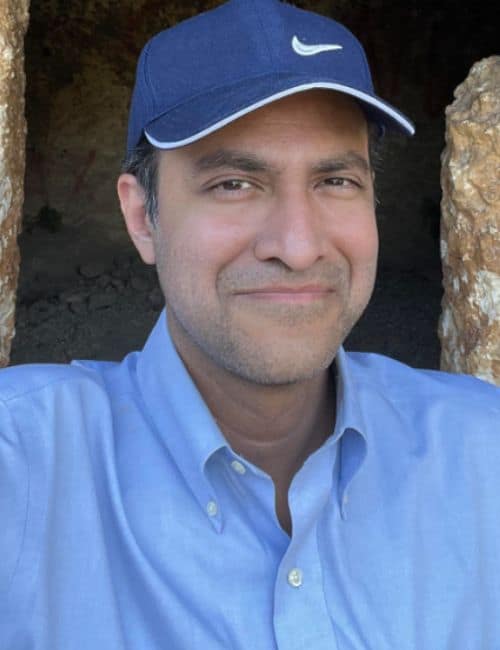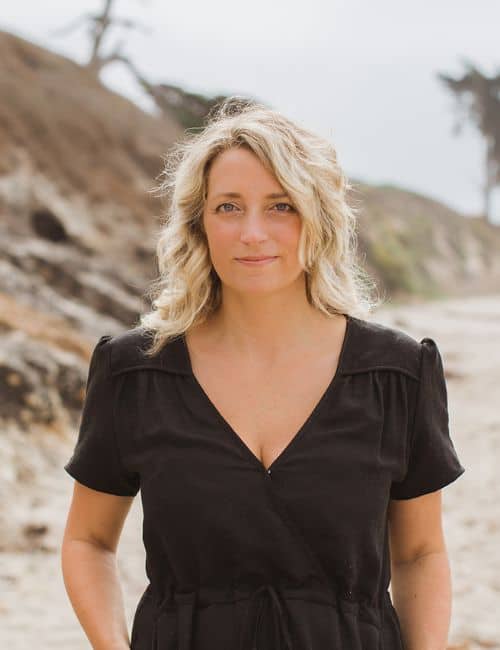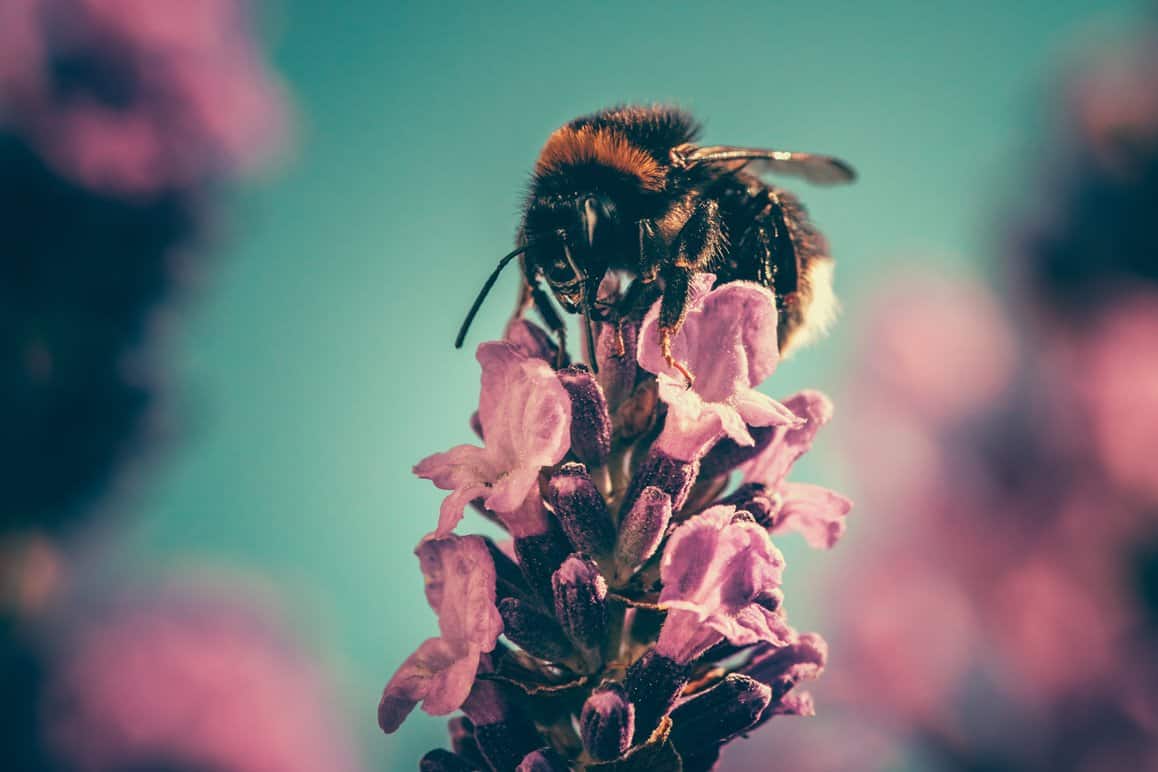
Regenerative Agriculture Helping Bees In California Through The Most Delicious Honey Mead!
Frank Golbeck is a Southern Californian who spent his youth hanging out in nature. He pursued a career in the Navy until, on a prompt from his wife, realized that he needed more in his life.
Today, he is the founder of Golden Coast Mead, a small meadery based in Oceanside California that supports healthy bee populations by buying organic honey from regenerative farms.
We spent time with him in his meadery and learnt a thing or two about the importance of regenerative farming and promoting bee health. Here’s a few bits and bobs on bees.
Listen to the full Sustainable Jungle Podcast interview with Frank here.
THE PROBLEM WITH BEES
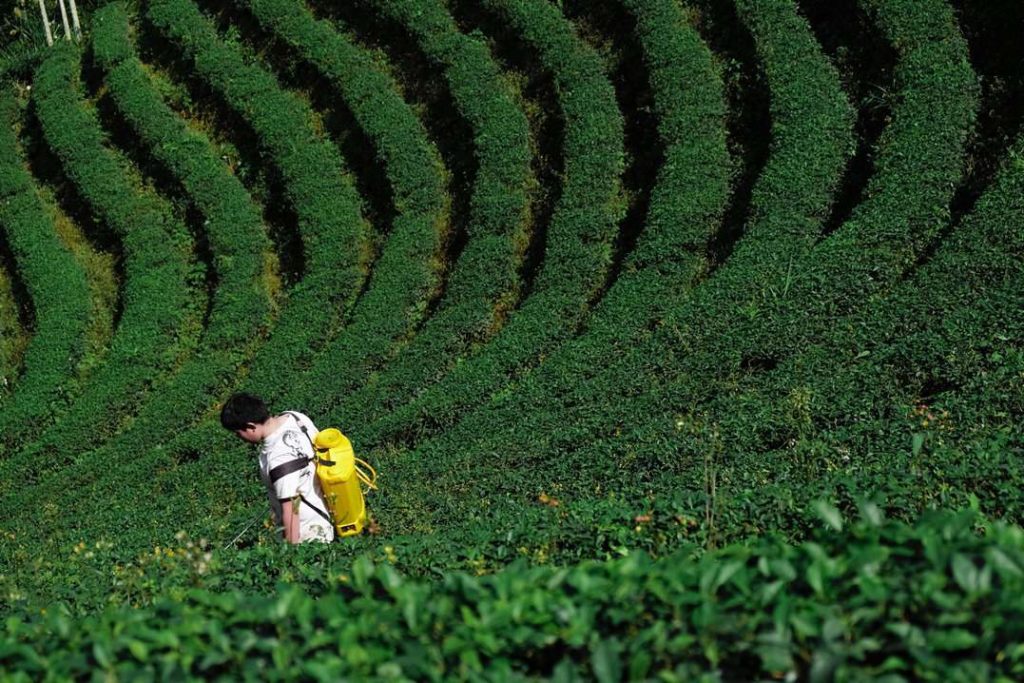
“USDA has put out a synthesis of a number of reasons: Pesticides, a mite that vectors a virus and fungus, the stress of migratory beekeeping, where we expose them to only one kind of food for a long period of time and they’re stressed by driving on the back of trucks – their immune systems are low and they spread all of these diseases amongst themselves and then the hive just disappears!”
Frank Golbeck
Bees are desperately important to our existence and survival on this planet.
According to Greenpeace, honey bees perform ~80% of all pollination worldwide – translating into pollination for ~90% of the world’s food. Pretty easy to see why they’re important to us and healthy ecosystems!
But bee populations are in a bit of trouble across the world. Bees have faced Colony Collapse Disorder, a bizarre phenomenon where worker bees desert a colony and according to the Guardian, scientists believe the decline is also being driven by “pesticides, fungicides, disease and a loss of habitat”.
This has become such a serious problem globally that
- the European Union has recently banned all bee-harming pesticides (yay!)
- Walmart has patented technology for robot bees that could potentially pollinate crops (YIKES!!)
- Japanese scientists are doing something similar
- Parts of China are manually pollinating crops
All this is rather disturbing. I’m definitely not inspired by a future full of robot pollinators and no sweet buzzing of our perfectly evolved bee friends…
But it does seem like a small subset of farmers are rethinking the way they do farming and concepts like regenerative agriculture, agroforestry and permaculture are gaining traction.
We specifically discussed Regenerative Agriculture with Frank so though we’d learn a bit more about it.
REGENERATIVE AGRICULTURE AND HOW IT CAN HELP
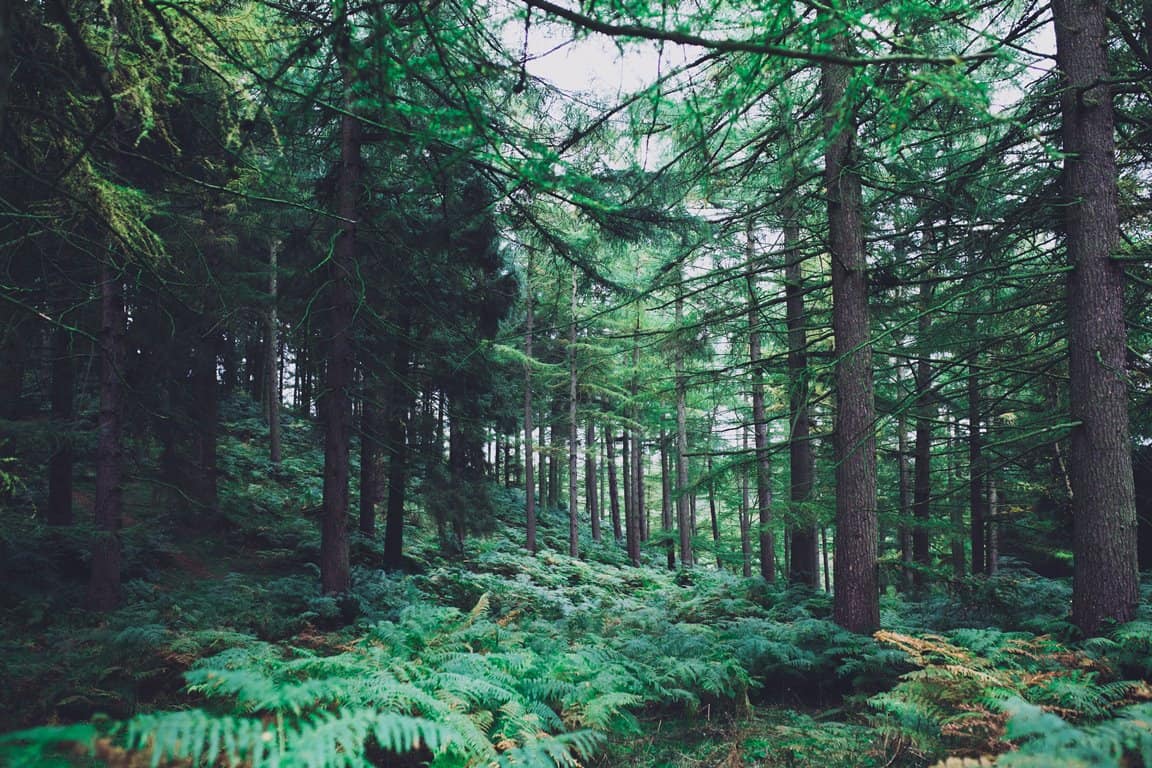
Regenerative Agriculture / Farming can be a little confusing – there are many emerging approaches and labels for what seems to be a similar concept of holistic farming based on healthy ecosystems.
So here are a couple of definitions to help us all understand what Regenerative Agriculture is all about:
Per Wikipedia:
“Regenerative agriculture is an approach to food and farming systems that rejects pesticides, artificial fertilizers and claims to regenerate topsoil, increase biodiversity, improve water cycles, enhance ecosystem services, increase resilience to climate fluctuation and strengthen the health and vitality of farming and ranching communities.
Regenerative agriculture is based on applied research and thinking that integrates organic farming, permaculture, agroecology, agroforestry, restoration ecology, Keyline design and holistic management.”
Per Regeneration International:
“Regenerative Agriculture is a holistic land management practice that leverages the power of photosynthesis in plants to close the carbon cycle, and build soil health, crop resilience and nutrient density.
Regenerative agriculture improves soil health, primarily through the practices that increase soil organic matter. This not only aids in increasing soil biota diversity and health, but increases biodiversity both above and below the soil surface.
It also increases both water holding capacity and sequesters carbon at greater depths, thus drawing down climate-damaging levels of atmospheric CO2 and improving soil structure to reverse civilization-threatening human-caused soil loss.
Research continues to reveal the damaging effects to soil from tillage, applications of agricultural chemicals and salt based fertilizers, and carbon mining. Regenerative Agriculture reverses this paradigm to build for the future.”
So per my layman’s terms understanding, regenerative agriculture is a way of farming that improves biodiversity (think forests with lots of bees vs traditional monocrops with little to no life) and improves the quality of the soil (by storing carbon).
This is done by working with nature and creating an ecosystem with a variety of plants and animals all working together to make the land healthy (like back in the old days before humans became too clever).
This also helps address climate change because carbon is stored in the soil instead of in the atmosphere – bonus!
So this all sounds rather cool and the approach certainly does seem to be catching on and producing results (read more from the Guardian, Green America, Regeneration International, the Leonardo DiCaprio Institute, EcoWatch).
In some cases, like in the UK, soil health is starting to be taken very seriously.
So in very practical terms, how can regenerative farming help bees? Simply, regenerative farms grow chemical-free flowers for bees to pollinate.
Healthy bees = healthy ecosystems = healthy humans.
If you’re super interested in reading more, I enjoyed these articles:
- How Our Soil And Food Industry Affects The Bee Population
- In rural India, wild honey farmers are using bees to fight terrorism
- Project In South Dakota To Advance Regenerative Soil Health Practices And Create 3,000 Acres Of Pollinator Habitat
GOLDEN COAST MEAD: DRINKING FLOWERS AND SUNSHINEGOLDEN COAST MEAD: DRINKING FLOWERS AND SUNSHINE
“To make honey all you need is bees on top of an ecosystem… I see more and more vibrant food production systems that are biodiverse and locally based.”
Frank Golbeck
Frank and his team are pretty big on bees, agroforestry and regenerative farming. They buy organic honey for their mead from farms in the USA that support healthy bee (and other species) populations.
Frank also explained that the honey Golden Coast Mead uses comes infused with the smell and taste of the flowers from these healthy farms – quite amazing really – much like wine and coffee, you can taste and experience for example, light, floral orange blossom mead!
We really enjoyed tasting the fruits of Frank’s vision and loved that we were supporting the propagation of healthy bees through sharing the mead we purchased from Frank with our Californian friends – Cheers!
We did a long podcast episode with Frank and covered a bunch of interesting topics including Frank’s path to doing something meaningful, why he cares so much about bees and nature, the problem with bees, exciting new(ish) farming practices, ‘being better’ and making mead all over the world.
Listen to it here.
“More mead = more bees = more life.”
Frank Golbeck
